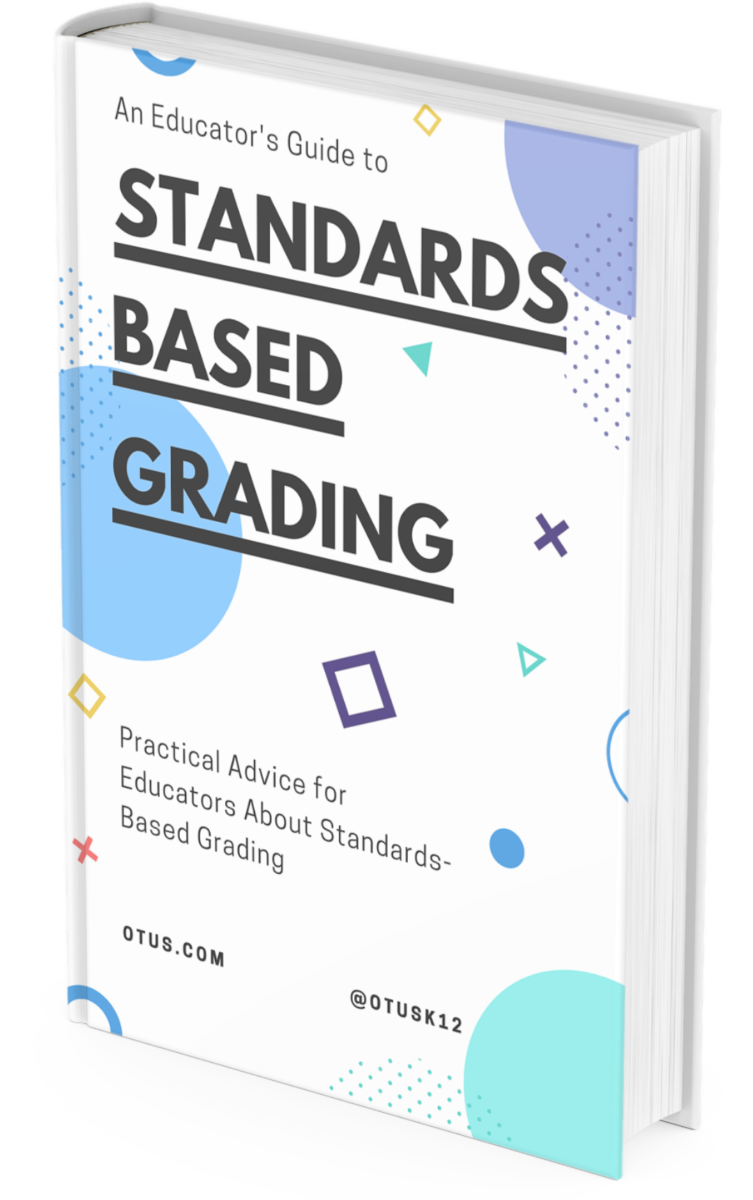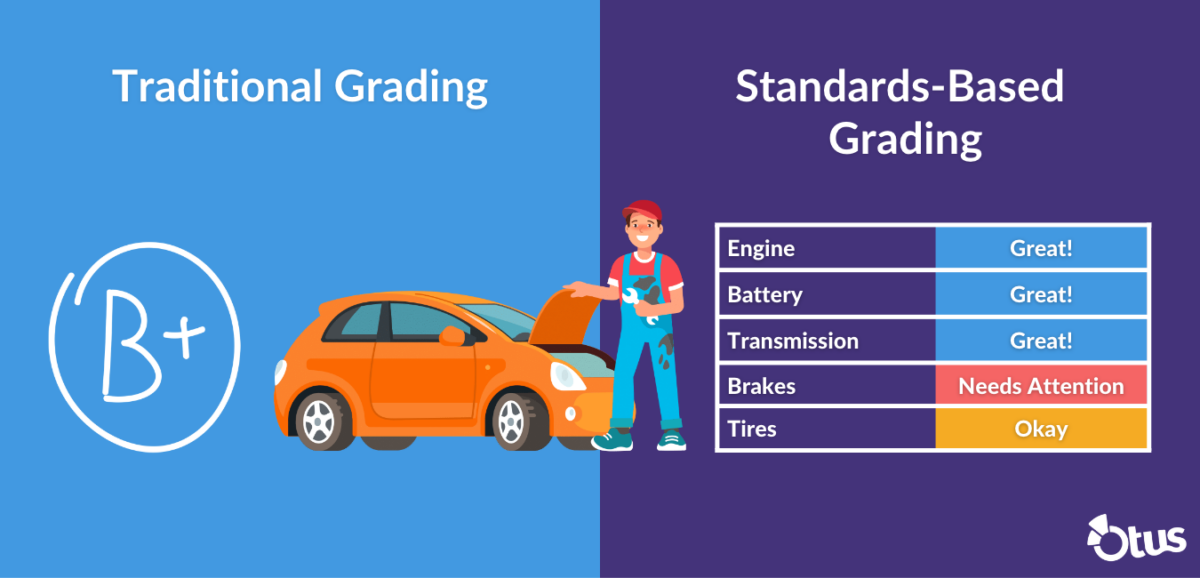Free Standards-Based Grading Ebook
The shift to standards-based grading is exciting but can feel overwhelming. Ease into the basics of SBG, learn about scales, calculations, conversion methods, extra resources, and more with this ebook.


What’s inside
The Basics
Understand The Purpose & Benefits of Standards-Based Grading
Concepts by Role
What Administrators, Teachers, & Families Need to Know About SBG
Additional Resources
20+ Pages of Resources, Calculation & Conversion Methods, & More!
Sharable Graphics
Graphics that can be used to explain complex topics in a simple way
What is standards-based grading?
Standards-Based Grading (SBG), or mastery-based grading, is a system that evaluates students’ progress towards mastering specific learning targets called standards. These standards can be set at national, state, or school levels. A standards-based grading scale is often composed of categories ranging from “below” the standard to “mastering” it.
What is the purpose of standards-based grading?
The purpose of SBG is to give a clearer picture of a student’s learning progress. Instead of a traditional points gradebook where you see a single letter grade, an SBG report card gives a detailed view of student strengths and weaknesses. Traditional grading communicates on a high level, whereas standards-based grading provides detailed and actionable insights.
3 Benefits of Standards-Based Grading
Increased Student Engagement
A standards-based education helps students understand the goals behind homework, quizzes, and tests. Since standards are often written in student-friendly language, they become more engaged in the learning process.
This shifts the goal from receiving points for a grade to mastering a complete understanding of a concept. A common practice is to encourage students to “self-assess” their mastery of learning targets. This not only provides insight for the teacher but can also prompt students to ask better questions.
Better Parent/Family Conversations
Imagine bringing your car to the mechanic, and they say, “your car is in B+ condition.” Not very helpful. Instead, what you want is a checklist of what is working and what is not working. Everything is good except the brakes are broken? Now, that would be good to know.

Families want the same clarity with their students. A letter grade offers little insight as to what might be going right or wrong in the classroom. This can lead to emails and phone calls to the teacher requiring a further explanation of their student’s grade. In contrast, standards-based grading shows families exactly where their student is both excelling and struggling. Understanding their student’s strengths and weaknesses can help families better support students at home and lead to fewer teacher emails.
Consistent Measurement
In traditional grading systems, grades can vary widely based on the teacher. Teachers can weigh different aspects of the class based on subjective style and preferences. For example, consider a student who has a true understanding of the material but lacks participation and homework consistency. In a traditional grading system, this student will receive an A from a teacher who focuses only on assessments and a D from another who calculates participation into the final grade.
Pages
Resources
This educator’s guide to standards-based grading walks you through the basic concepts of SBG and provides additional resources for continued research and education.
